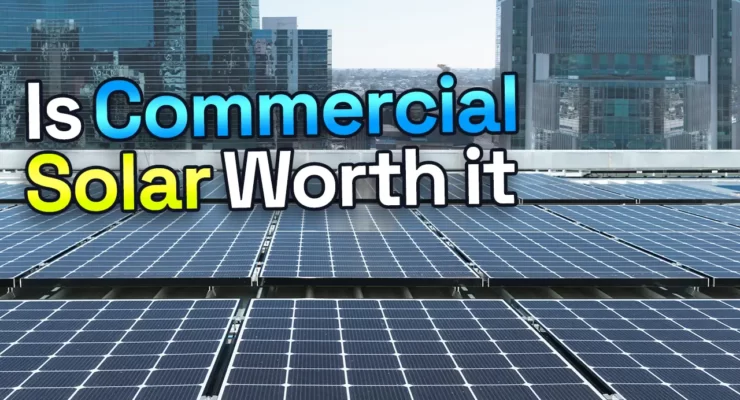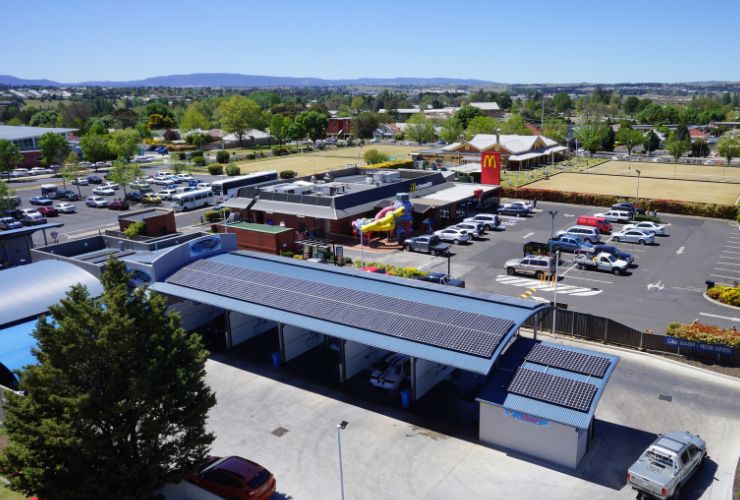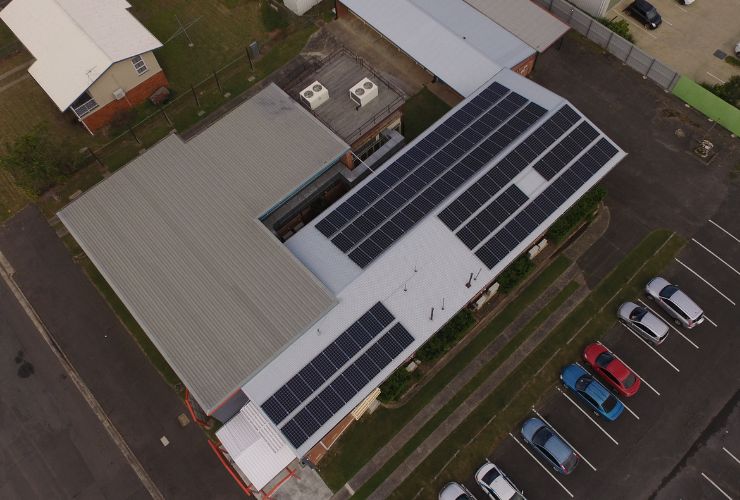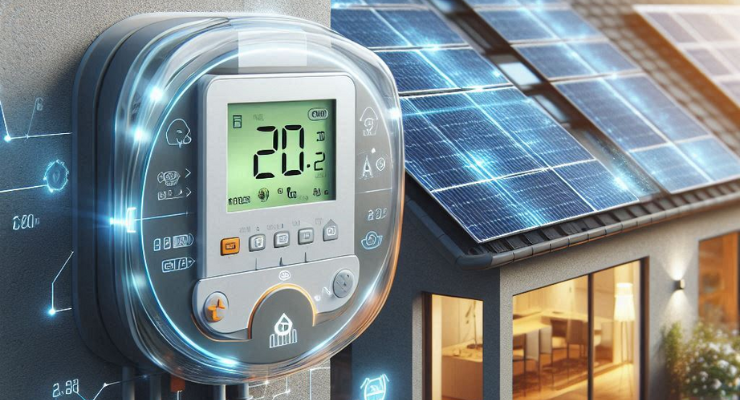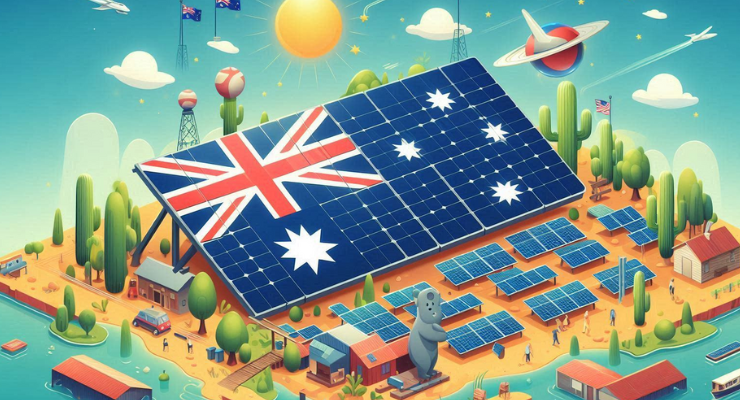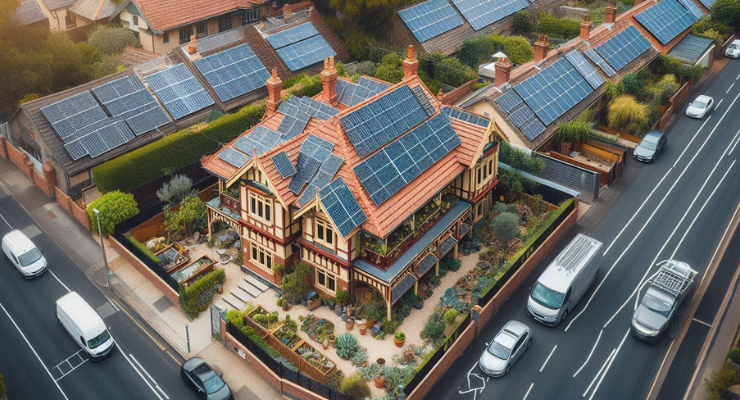Fast read
Investing in a top-quality commercial solar system might cost more upfront, but it offers higher daily energy generation, resulting in greater long-term energy bill savings. Quality systems are a better financial choice because of their higher returns and longer lifespan, adding value to the premises and reducing the environmental footprint.
Determining the optimal product, system size, and design is essential for long-term financial benefits. Detailed financial modelling considers solar panel degradation, maintenance costs, and changing electricity feed-in tariffs. The Net Present Value (NPV) method is a more comprehensive way to calculate the system's ROI, considering all cash flows and future costs over the project's life.
Low-cost solar systems can lead to more expenses, early breakdowns, and low profits. Buying top-notch parts and getting guidance from a Solar Consultant is important to avoid these issues.
How to pick the best solar system for my business
As a general comment, while a high-quality solar system for business might cost more upfront, it delivers more energy generation each day, resulting in higher savings on your electricity bill overall. So a quality system is a better financial choice.
Cheaper solar systems may not save as much money in the long run. This is because they produce less energy for a shorter period compared to higher-quality systems.
Investing in a good solar system can raise your property value and provide long-term reliability. It is a reliable asset. Finally, quality systems last longer, so the environmental footprint is better.
Solar companies that invest in a low-quality, price-focused solar system with a plan to replace it in around ten years or less may discover that the cost of energy generation could surpass grid electricity costs. This happens when thinking about how much it costs to use money and get rid of the bad system.
Purchasing inexpensive solar systems for business leads to increased waste because of poor-quality components, resulting in more discarded solar panels that often go unrecycled. This is a poor environmental outcome.
The long-term financial benefits of a solar system for your business depend on determining the following:
- The optimal product to use,
- The correct solar system size and design, as well as
- The delivery method.
The product choices, such as which solar panels and solar inverter technology to use, are crucial to ensure the best project outcome.
How do we determine the current energy usage for my business?
Understanding your business’s electricity usage and forecasting future energy needs is important. This information is essential for determining the right size of a solar power system. This involves looking at detailed data about how much electricity you use at different times.
This data, called interval data, is usually available from your electricity provider. It shows the times when you use the most electricity each day, week, month, and season. This is done by breaking down your electricity use into 30-minute chunks.
Analysing this data helps you decide the optimal size for your solar system and its ideal location. By knowing when you use the most electricity, you can make sure your solar panels produce the most energy when you need it the most. This can save you money on electricity bills and help the environment.
Determining the right size for your solar system using this data is important. Ensuring that the solar system works well for your business will be important. This will save you money and reduce your carbon footprint in the long term.
The financial modelling exercise
A financial modelling exercise considers solar panel degradation over time, future replacement costs for failed panels and inverters, maintenance costs and potentially changing electricity tariffs.
Solar installation companies often use simple payback calculations in their quotes. This method is applied in the residential consumer market as a simple way to represent financial value. However, this method has some limitations that could add risk to a project.
The simple payback period method calculates how long it will take to recoup the initial upfront cost. This is done by dividing the initial project cost by the revenue generated in the first year of operation.
A simple payback period indicates how long it takes for the project to “break even”. This method has limitations. It does not consider factors such as solar panel performance over time.
It also does not account for how long the panels last. Additionally, it does not factor in costs to replace panels if they fail early. It also does not include expenses for inverter replacements or system maintenance.
Is there an alternative to calculate solar system ROI?
The Net Present Value (NPV) method is another way to undertake these financial ROI calculations. The net present value method looks at all project income and expenses over time.
It adjusts future cash flows to their current value using a “discount rate.” This rate considers inflation, project risk, and the cost of capital. Summing up these adjusted cash flows determines the project’s net present value.
For the simple payback method, usually presented to customers, factoring in the cost of capital is essential. Assuming a 25-year lifespan, especially for cheaper panels, carries risks.
Don’t be overly optimistic about the return on investment for solar panels. Remember to consider future maintenance costs. Allocating funds for maintenance, inverter replacements, and repairs throughout the 25-year period is prudent.
What is wrong with the simple payback method?
The simple payback method does not consider any future running costs to the project, nor does it account for the changing value of future revenue, system breakdowns because of poor quality components, or the cost of capital.
The net present value method is more accurate, especially when factoring in product warranties for return on investment calculations. The NPV method can consider all future costs, including potential premature solar module failure and associated replacement costs over the project life, inverter replacements at the end of their life and degradation of solar panel performance over time.
Another way to calculate the financial returns of solar panel systems for business projects would be the Levelised Cost of Energy (LCoE), which is the cost per kWh of electricity generated, considering system purchase and running costs.
How can I undertake Net Present Value calculations for a business solar system?
Performance modelling can differ depending on how accurately product specifications are entered into the software. It can be influenced by how accurate the information about the site is, like the weather and installation specifics.
Because of several PERC technological features, stringent manufacturing processes, and the use of N-type silicone, some models of solar panels will regularly deliver higher performance estimates for a project, resulting in more energy generation compared to cheaper standard panels.
The benefits of more energy-efficient panels, high quality and high-performing inverters from leading manufacturers, such as SMA, Fronius, Sungrow, Enphase or SolarEdge, and modern monitoring software, will create a solid, reliable solar system.
So should I get solar for my business?
In conclusion, going for a top-notch business solar system for your business is a wise choice. Even though it might seem pricey at first, it pays off in the long run with big savings on energy bills and a system that lasts longer.
When you’re picking the right solar setup, it’s important to crunch the numbers properly. Instead of just looking at simple payback, which doesn’t consider future costs, it’s better to use the Net Present Value method. This looks at all costs and savings over time, giving you a clearer idea of how your investment will pay off.
Also, it’s smart to choose quality parts from trusted brands for your solar system. This way, you’ll get a system that works well and lasts a long time. By investing in a good solar setup, you’ll not only save money but also help the environment in the long term.
